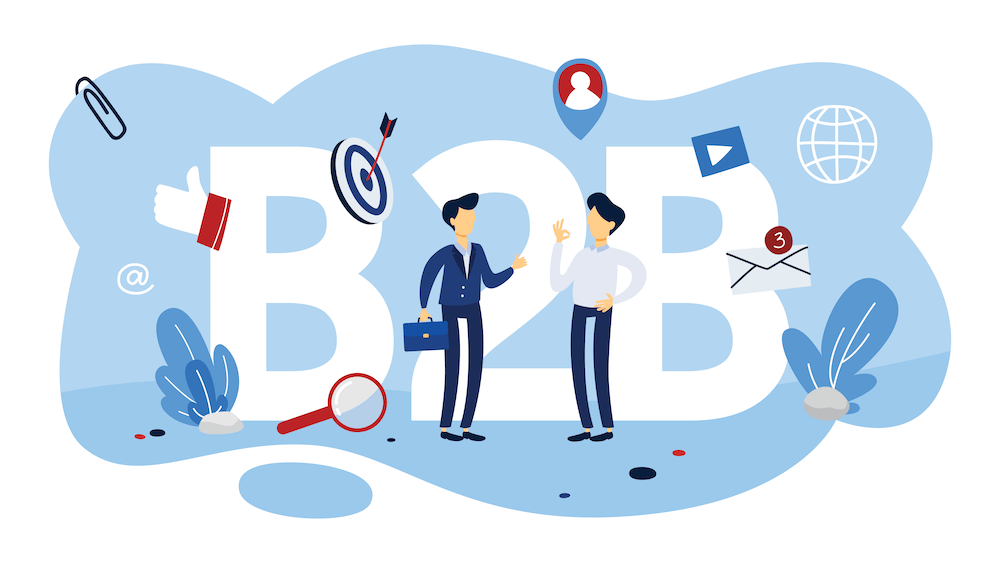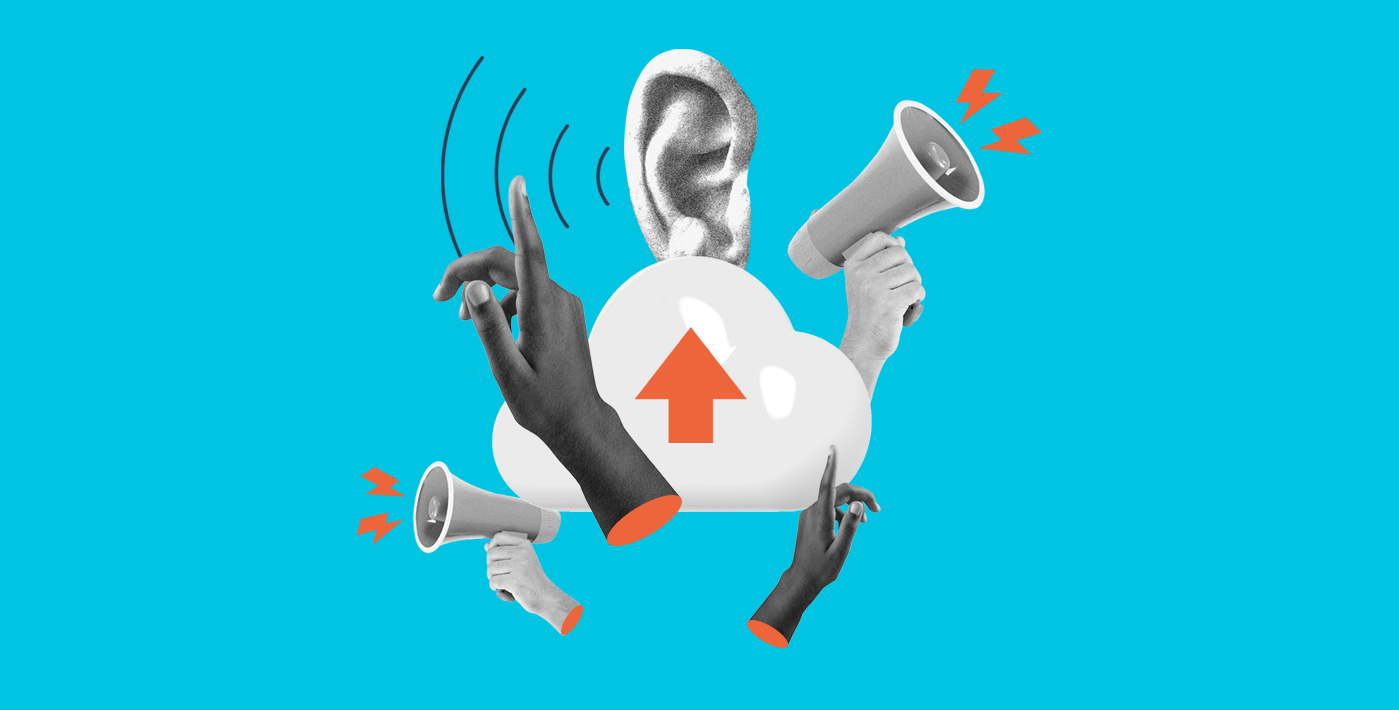In today’s competitive landscape, businesses increasingly realize the importance of prioritizing customer experience (CX) to drive growth and foster long-term relationships. While much attention has been given to business-to-consumer (B2C) interactions, the significance of business-to-business (B2B) customer experience cannot be overstated. In this article, we delve into the intricacies of the B2B customer experience, its components, challenges, strategies for enhancement, and real-world examples of successful implementation.
Introduction to B2B Customer Experience

B2B customer experience refers to the sum of interactions and perceptions that a business’s clients have throughout their journey with the company. It encompasses every touchpoint, from initial engagement to post-purchase support, and encompasses the satisfaction, loyalty, and advocacy levels among B2B clients.
Understanding B2B Customer Experience
Unlike B2C transactions, B2B interactions often involve more complex decision-making processes and longer-term relationships. B2B customer experience focuses on meeting the unique needs and expectations of businesses, which may vary significantly from those of individual consumers.
Importance of B2B CX
Effective B2B CX is crucial for several reasons. Firstly, it fosters loyalty and repeat business, reducing customer churn and increasing lifetime value. Secondly, positive experiences enhance brand reputation and differentiation in competitive markets. Finally, satisfied B2B customers are more likely to act as advocates, generating referrals and driving new business opportunities.
Components of Effective B2B CX
1. Clear Communication Channels
Establishing clear and accessible communication channels is essential for B2B relationships. Whether through dedicated account managers, online portals, or responsive customer support teams, businesses must ensure seamless communication to address inquiries, resolve issues, and provide timely updates.
2. Personalized Interactions
Personalization plays a crucial role in the B2B CX. Understanding each client’s unique preferences, challenges, and goals enables businesses to tailor their offerings, recommendations, and interactions, thereby fostering deeper connections and long-lasting partnerships.
3. Streamlined Processes
Simplicity and efficiency are key principles in B2B transactions. Businesses must strive to streamline processes, minimize friction, and eliminate unnecessary steps to enhance the overall customer experience. From order fulfillment to invoicing, every aspect of the interaction should be optimized for convenience and effectiveness.
Challenges
While the benefits of prioritizing B2B CX are clear, organizations face several challenges in implementation.
1. Complex Decision-Making Processes
B2B purchases often involve multiple stakeholders with diverse priorities and agendas, leading to complex decision-making processes. Aligning internal teams, addressing competing interests, and navigating procurement requirements can pose significant challenges to delivering a seamless customer experience.
2. Multiple Stakeholders
Unlike B2C transactions, where the consumer is the primary decision-maker, B2B interactions often involve various stakeholders across different departments and levels of authority. Balancing the needs and expectations of these stakeholders requires careful coordination and communication throughout the customer journey.
3. Integration of Technologies
In an increasingly digital landscape, integrating and leveraging technology tools is essential for optimizing the B2B CX. However, implementing and maintaining robust systems for CRM, analytics, and automation poses technical and operational challenges for many organizations.
Strategies for Improving B2B CX
To address these challenges and enhance B2B CX, businesses can adopt several strategies:
1. Data-Driven Insights
Harnessing data analytics and customer insights allows businesses to understand client behavior, preferences, and pain points better. By leveraging data-driven insights, organizations can tailor their offerings, anticipate customer needs, and proactively address issues before they escalate.
2. Customer Feedback Loops
Establishing robust feedback mechanisms enables businesses to solicit input from clients at various touchpoints along the customer journey. By actively listening to customer feedback, organizations can identify areas for improvement, prioritize initiatives, and demonstrate a commitment to continuous enhancement.
3. Continuous Improvement Initiatives
B2B CX is not a one-time endeavor but an ongoing commitment to excellence. By fostering a culture of continuous improvement, organizations can adapt to evolving client needs, market dynamics, and technological advancements, ensuring sustained relevance and competitiveness.
Conclusion
In conclusion, enhancing the B2B CX is essential for driving business success and maintaining competitive advantage in today’s dynamic marketplace. By understanding the unique needs of B2B clients, addressing challenges proactively, and implementing effective strategies for improvement, organizations can cultivate lasting relationships, drive growth, and achieve sustainable success.
To experience firsthand how AIM Technologies can revolutionize your B2B customer experience and propel your business forward, we invite you to request a demo today. Discover the power of our solutions in action and unlock new opportunities for innovation and growth.
FAQs
What makes the B2B customer experience different from B2C?
- B2B customer experience differs from B2C primarily due to the nature of the relationships and transactions involved. In B2B interactions, purchases often involve multiple stakeholders, longer decision-making processes, and more complex requirements compared to B2C transactions, which typically involve individual consumers.
How can businesses measure the effectiveness of their B2B customer experience initiatives?
- Businesses can measure the effectiveness of their B2B customer experience initiatives through various metrics, including customer satisfaction scores, Net Promoter Score (NPS), customer retention rates, and feedback from client surveys and reviews. Additionally, tracking key performance indicators (KPIs) such as repeat purchases, average order value, and customer lifetime value provides insights into the impact of CX efforts on business outcomes.
What role does technology play in enhancing B2B customer experience?
- Technology plays a pivotal role in enhancing B2B customer experience by enabling automation, personalization, and streamlined interactions. CRM systems, analytics platforms, AI-powered chatbots, and customer portals facilitate seamless communication, data-driven insights, and tailored solutions, enhancing efficiency and satisfaction throughout the customer journey.
How can businesses overcome common challenges in implementing B2B customer experience strategies?
- Businesses can overcome common challenges in implementing B2B customer experience strategies by prioritizing collaboration across departments, investing in employee training and development, leveraging customer feedback to drive continuous improvement, and staying agile in response to evolving market dynamics and client needs. Additionally, partnering with experienced vendors and adopting scalable technology solutions can streamline implementation and mitigate risks.
What are some emerging trends in B2B customer experience management?
- Emerging trends in B2B customer experience management include hyper-personalization, predictive analytics, omnichannel engagement, self-service portals, and augmented reality (AR) solutions. These trends reflect a growing emphasis on delivering seamless, intuitive experiences that anticipate and exceed the evolving expectations of B2B clients while leveraging technology to drive innovation and competitive differentiation.




